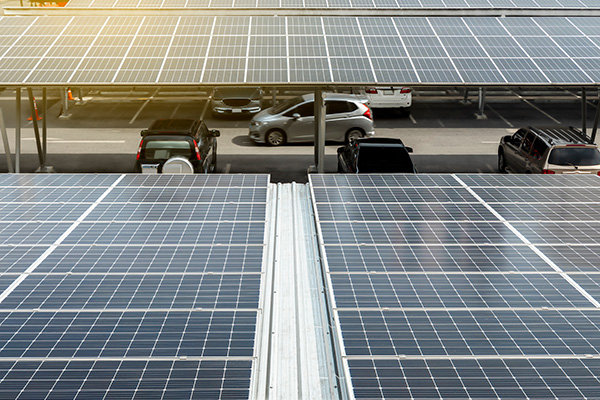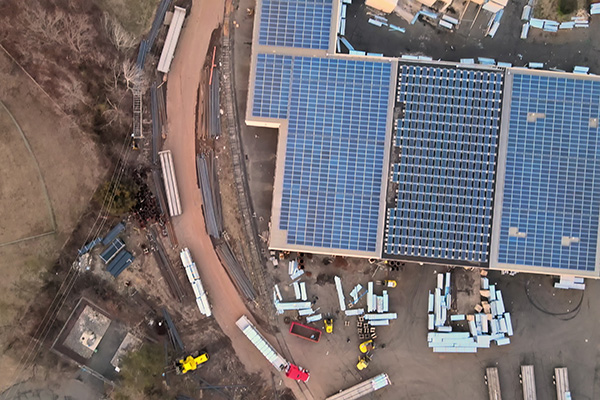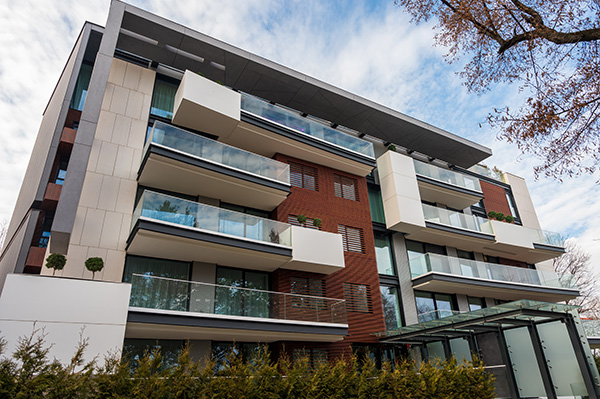
AYR Green Datacentres
AYR Datacentres are fast to setup, scalable and driven by renewable energy.
With the ever-growing number of devices interconnected on private and public networks and the explosion blockchain technology, the demand for energy consumption has grown exponentially. Energy is becoming a global ecological problem with the increased demand for more data centres. The burning of fossil fuels is not sustainable and has a significant global environmental impact.
Traditional large data centres burn a significant amount of fossil fuels with a powerful global environmental impact. AYR Datacentres are built using renewable energy. Using a modular design, they can be placed in any location. As a high revenue generator, these modular datacentres share their revenue with development projects, therefore increasing yields and making projects financially viable.
Driven by renewable energy to help solve the fossil-fuelled energy problem.
- Deployed faster than larger traditional datacentres.
Modular design means they can be deployed on rooftops enabling IoT automation in a Smart City or Town.
Fully scalable, so additional modular datacentres can be added to suit market demand.
Revenue shared with AYR Smarter Communities improves housing affordability & increases housing supply.
- Shared revenue improves the financial & investment viability of both new & established commercial property assets.

Ideally suited for cities and regional towns.

Commercial and Retail Centres
Established commercial and retail centres can improve their revenue by incorporating datacentres. Solar arrays can be placed over rooftops and over the parking lots to power datacentres.

Regional Towns
By incorporating datacentres smaller towns & regional centres can improve connectivity. If needed the datacentres can be connected via satellite and be powered by solar or wind power.
Shifting the paradigm
Changing traditional property developments.
Many infrastructure projects stick to old-fashioned development principles. Even though these developments serve their purpose, it’s our belief these principles need to be reviewed and updated, and be faster in delivery. A distinct shift in paradigm is required for the modern and future world.
Current Methodology
Corporate ownership — Most data centres with 15,000 or more servers are owned by corporations such as Google, Amazon, Microsoft, Facebook, and Apple based on a centralised business model.
Soulless buildings — They are located mainly in an industrial zone in large windowless warehouses. Those within a city precinct are soulless and lack architectural merit.
Fossil fuel guzzler — These data centres place immense power demands on global energy. Over 90% of current data centres use fossil fuels as an energy source, significantly increasing the carbon footprint.
Longer to be deployed — With global data traffic doubling every four years, it places severe pressure on developing new centres. Creating these large-scale data centres takes 2 to 5 years to become operational and a further 2 to 3 years to become profitable.
Expensive — It costs about $10,000 a square meter to build, plus approximately $10,000 per kilometre to have fibre optic installed to reach the location.
Paradigm Shift
Community ownership — It is wiser to develop scalable modular data centres decentralised with a community-based business model.
Faster to deploy — With mega centres, the development process is drawn out, whereas, with the modular concept, a data centre can be operational within a few months.
Hidden from public view — Being modular, they can be placed in new or existing buildings. It, therefore, does not affect the architecture of the surrounding neighbourhood.
Flexible and scalable — A modular data centre is flexible and scalable. They can be deployed in any location that is closer to the consumers.
Easily integrated — Modular data centres can integrate with a smaller solar plant or another renewable energy. The data centre can therefore be branded as green.
Green movement — With the international carbon reduction drive, businesses will switch to green data centres to show they are associated with the green movement.
AYR green modular datacentres are designed to be part of an integrated ecosystem.

AYR Smarter Communities
Too many housing projects cannot be financed due to the low returns. Integrating a datacentre into a housing project can increase the project’s yield, therefore, improving the project’s financial viability. Applying this concept will not help housing affordability but also increase the housing supply which is severely in short supply.
